What is Art History?
Art History is a branch of the Humanities that deals with the study of objects such as paintings, sculptures, prints, drawings, photographs, architecture, textiles, film, performance and installation art and how they reflect aesthetics, socio-political and economic ideals and contexts across time. Providing insights into artists’ inspirations and wider cultural forces, art history can contribute meaningfully towards our understanding of the human condition, shared experiences, forms of expression as well as the use of materials and technology. The discipline fosters:
- Cultural Appreciation: By inculcating awareness and sensitivity towards heritage, and providing a more nuanced insight into social and political history.
- Interdisciplinary Knowledge: By drawing upon written and oral records, as well as intersecting closely with subjects such as literature, sociology, anthropology, philosophy, economics and more.
- Visual Awareness: By encouraging close-looking and analytical skills to navigate a world flooded with images and information.
- Critical Thinking Skills: By challenging modes of thinking that privilege quantification and statistics, to present ideas that cannot easily be defined empirically.
- Greater Empathy: By introducing different ways of thinking and approaches to life that can help build tolerance and mutual respect toward all cultures
What do art historians do?
Art historians study works of art from the past, by visiting historical sites and archaeological digs, speaking to practitioners or spending time at specialist libraries and archives. They organise and share their findings in the form of articles, books, lectures, exhibitions or detailed journal catalogues. Art historians may work as Museum Curators, Conservators, Gallerists, Art Dealers, Archivists, Auctioneers, Professors, Writers, Critics and Publishers.
Additionally, art historical skills of visual analysis, critical thinking and research are highly transferable, and art historians often also work as Lawyers, Entrepreneurs, Media professionals, Teachers, Journalists, Marketing or Communications experts, Fashion buyers, Consultants, Civil Servants and Bankers.
South Asian Art History
Art History developed in Europe between the seventeenth–eighteenth centuries, and the resulting scholarship on the subject continues to emphasise Eurocentric and North American narratives with methodologies that don’t always translate coherently when applied to regions in other parts of the world. It was, in fact, only in the twentieth-century that the discipline began to encompass global narratives and recognise more cultures. To a large extent, however, narratives focusing on the Global South, including South Asia, are still on the margins and often linked primarily with the ancient past.
Art from the Indian subcontinent dates back over 10,000 years and covers an expansive geographical area. It encompasses a spectrum of styles, subjects and mediums that reflect ethnic, religious and linguistic diversity. From heightening visual awareness to embodying and even responding to foreign influences resulting from commercial and cultural exchanges during and before the colonial era, South Asian art is a gateway to understanding the region and its connections and contributions to the world.
While there are multiple entry points into this subject, with many traditions, techniques and ideas developing in conversation with each other, we find it helpful to approach this vast area of knowledge from the perspective of the following departments:
Architecture, Archeology and Sculpture
Remnants of early civilisations, cities and buildings such as palaces, temples, mosques and tombs enable us to explore the very beginnings of human creativity. Early terracotta, coins, Buddhist reliefs, Hindu gods sculpted on temple walls as well as Islamic funerary structures among others, exhibit diverse styles, shedding light on the intermingling of various cultures, artistic traditions and regional idiosyncrasies.
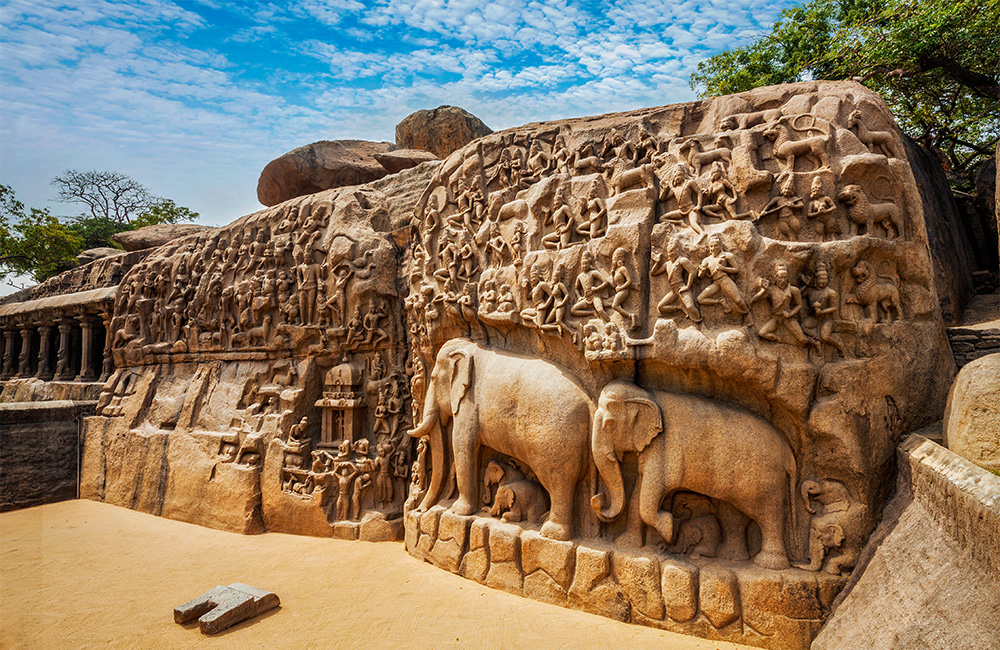
Learning about such sites and sculptures from ancient times to the present enables us to not only think critically about the built environment and the way it has evolved over time but can also help strengthen awareness about these markers of culture in the subcontinent that are often unappreciated or neglected.
Textiles
The magnificent corpus of South Asian handcrafted textiles — silk brocades, gossamer cotton, printed cloths and grand carpets — are shaped by its diverse geographies and embody rich histories of visual and material culture through their unique processes and designs. Produced over thousands of years, these form a part of living traditions that reflect a mastery over complex techniques and are deeply integrated with the socio-cultural dynamics in the region.
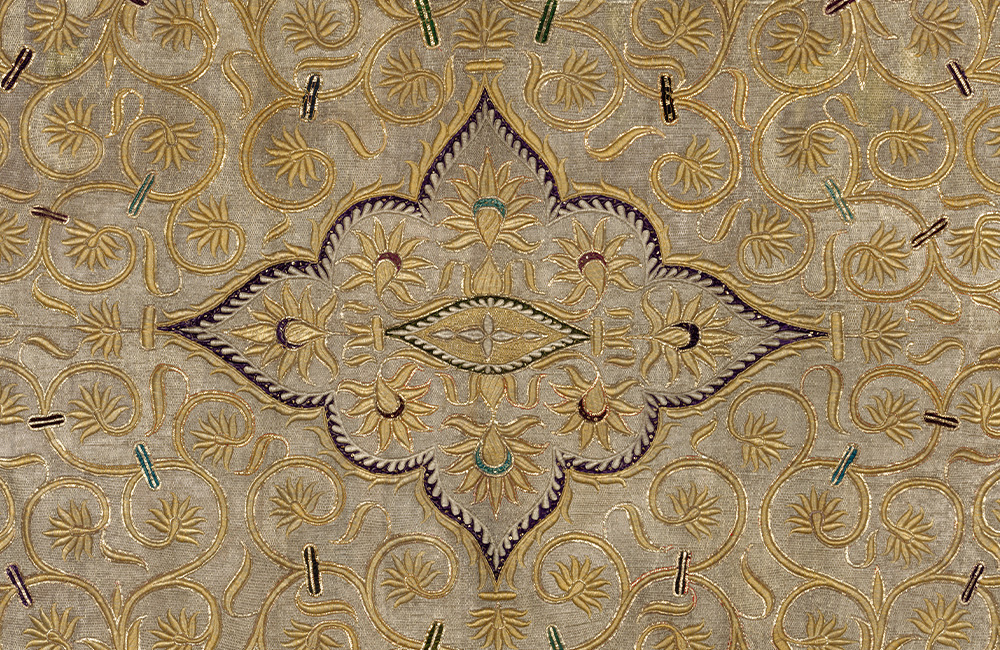
From serving as intimate objects to expressing grandeur at monumental scales, textiles and their functions are intricately linked with spiritual beliefs, interpersonal relations and expressions of power. Their histories are also inseparable from the history of the world and learning about how they have been desired and consumed globally since millennia enables us to make connections between various cultures.
Narrative Painting
Storytelling has been central to South Asian art since antiquity and has found expression in cave and temple murals, scroll paintings, pichwais and miniature paintings in illustrated manuscripts. These feature histories, mythology and poetic works, narrating the lives of deities, rulers and local legends. From the Buddhist Jataka tales to Sanskrit and Persian epics to folk tales and oral histories from the subcontinent, these portray single moments, or events unfolding through time.
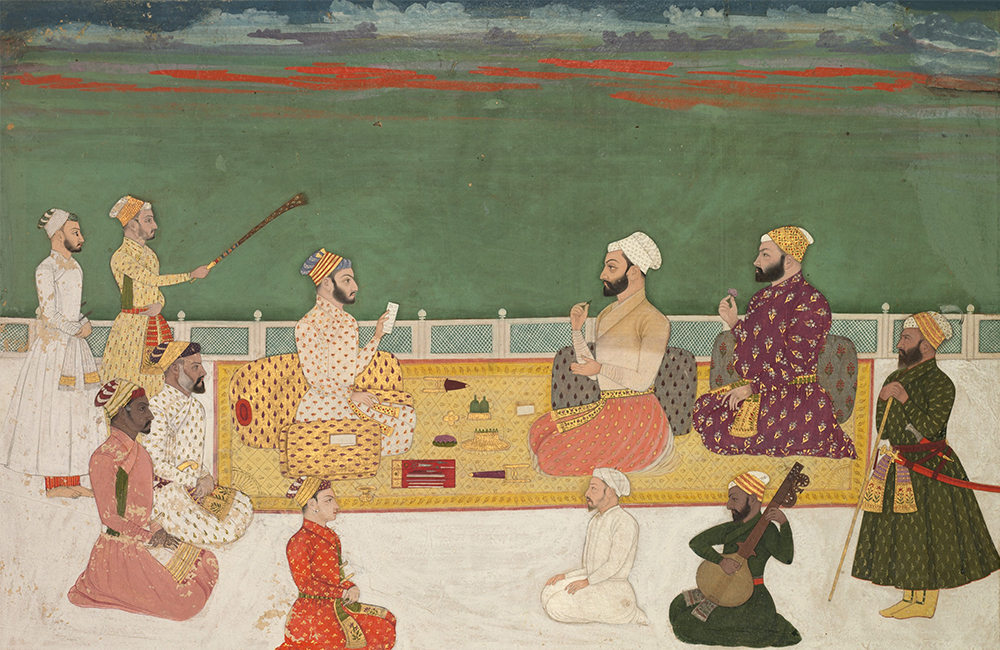
The paintings represent various geographical and dynastic categories and by recognising iconography and the particularities of painting traditions — both courtly and religious — we see how they provide an entry point into the preoccupations of artists and patrons. They often do not report events, images or moments as they were, but as their makers would have wanted them to be viewed, inviting considerations about how histories are written.
Craft
From fashioning intricate wood carvings, ceramics and metalware to lavish jewellery, South Asian artisans have been revered for centuries for their refined skills. Made using a variety of materials and techniques, their work has served practical, decorative and ceremonial purposes across the subcontinent. Studying their forms and functions sheds light on daily life as well as broader cultural traditions in the region while reflecting various aesthetic sensibilities.
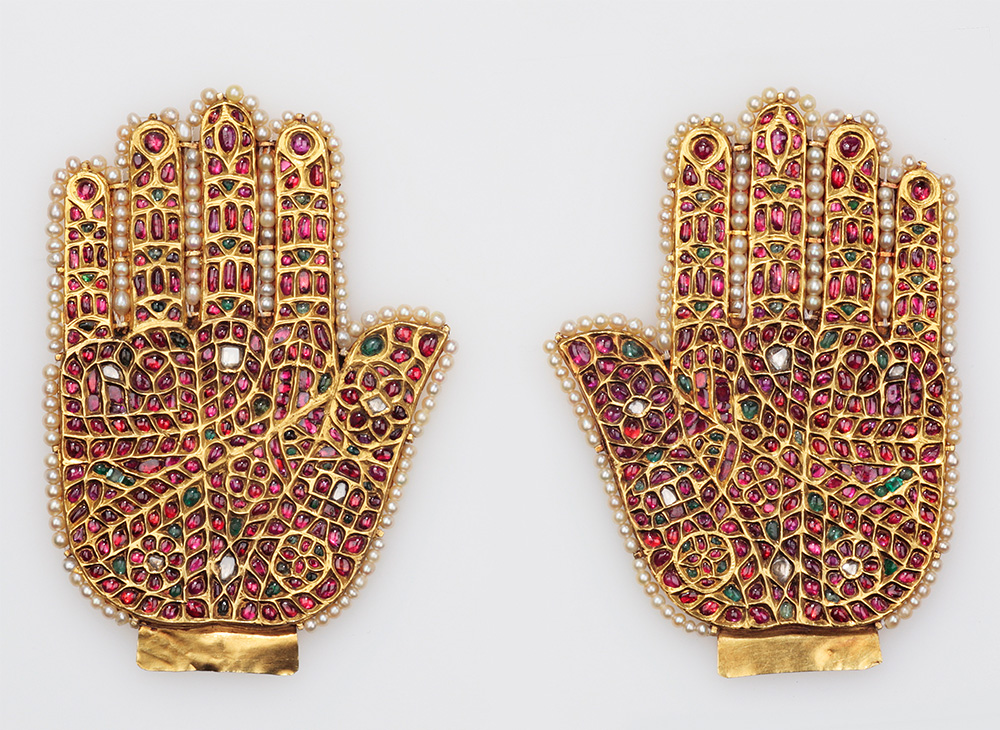
In addition to examining artisanal objects and the worlds they emerge from, the study of craft addresses crucial questions surrounding creative processes. Most craft traditions have typically been passed down through generations over many centuries, and are linked with community life, the availability of resources and economic developments. Understanding the contexts through which traditions and techniques have emerged and continue to be practised, enables us to consider perspectives on livelihood, socio-technology, the dissemination of knowledge and sustainability. Engaging with contemporary craft forms across the subcontinent also reveals how practitioners are pioneers in their work even as they employ and revitalise age-old practices.
Photography
Camera technology — invented in Europe — reached India in the mid-nineteenth century, and by the 1850s, there were thriving photographic societies in cities including erstwhile Calcutta and Bombay. By tracing photographs from the subcontinent we can learn about the instrumental role of the camera in the representation of South Asian cultures and landscapes during the colonial period, the growing dominance of commercial photography and the development of local photography studios across the majority of towns in the region.

Spanning commissioned portraits of royal families, documentations of particular communities, historic events and topographies and conceptual or artistic explorations, photographic practices and works, particularly in the subcontinent are linked to themes of truth, identity and power. Learning how to critically unpack such work and the socio-political dynamics associated with their practices, enable us to remain vigilant and critical in a world saturated with images while appreciating the medium as a potent art form in its own right.
Modern & Contemporary Art
Traversing themes of resistance, revivalism, national identity and self-expression, Modern & Contemporary art sheds light on individual predilections and collective artist concerns in relation to rapidly changing socio-political values and pivotal historical moments. In the South Asian context, the emergence of modern art is linked closely to European interventions in the late-nineteenth century, India’s Freedom Movement and the postcolonial condition in the mid-twentieth century. Whereas, contemporary art refers to art that is created by living artists.
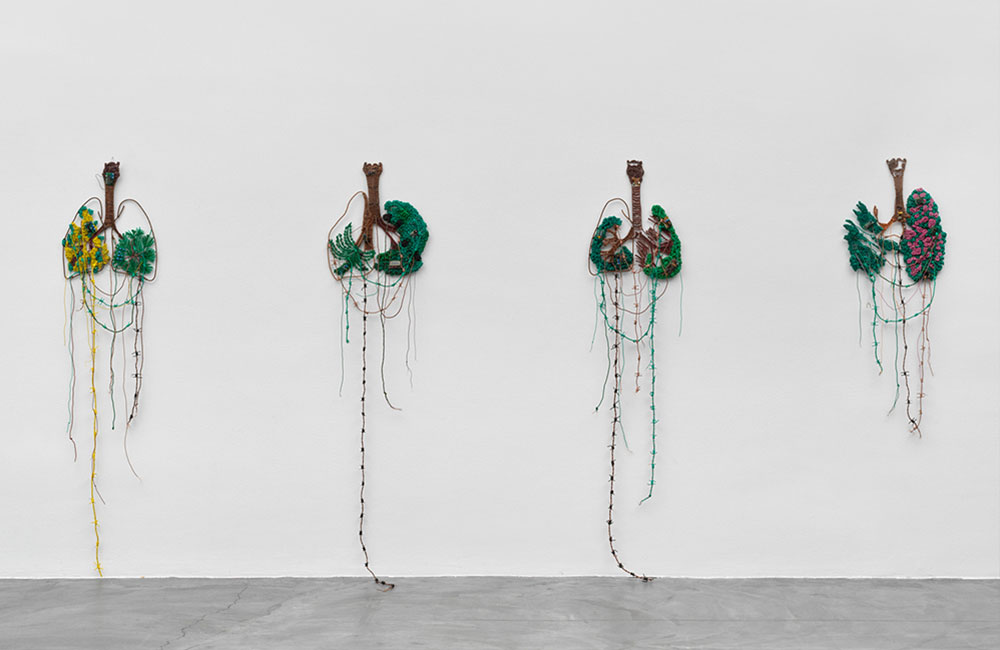
Modern & Contemporary artists revisit and appropriate historical artforms, and experiment consistently with conceptual ideas, forms of abstraction, unconventional materials and new media. Engaging with such explorations allows us to articulate complex ideas, grapple critically and sensitively with the realities of our times and reconsider the definition of art itself.

